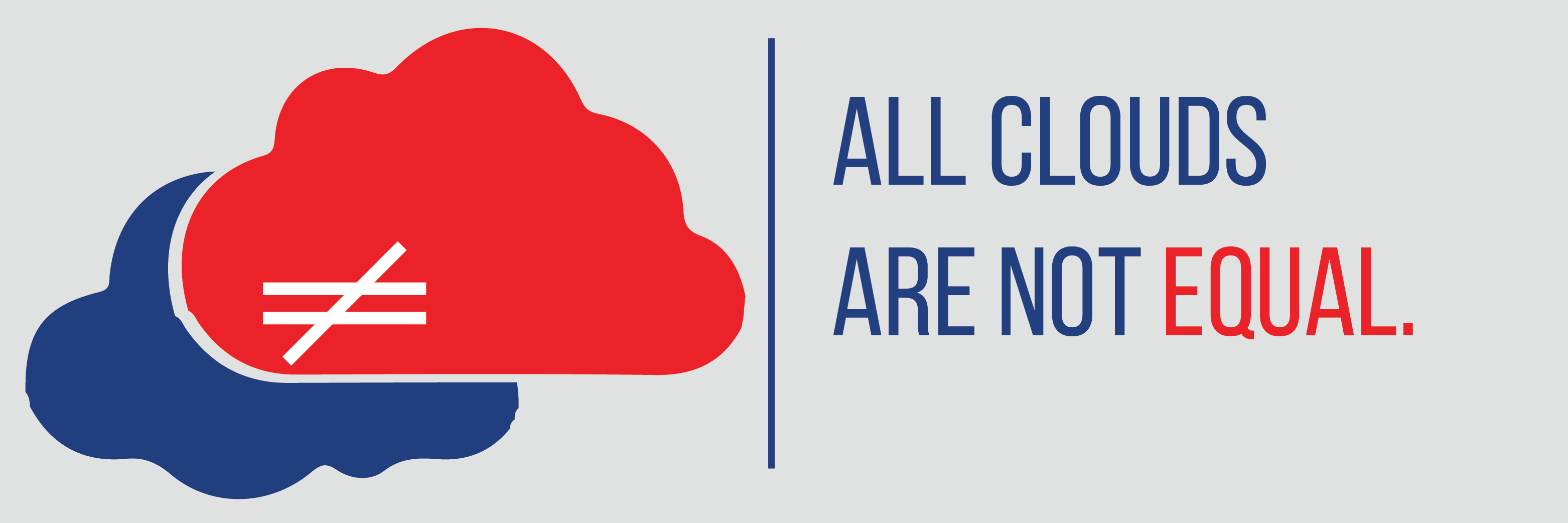Cloud computing is still an evolving technology. It marks the transition from you owning the hardware and software to you renting it for your business needs. There has been a lot of talk and adoption in the past couple of years, and customers are still learning new things about the cloud. Here are a few that we think that every business moving to the cloud should know before finalizing their cloud computing strategy
1. All clouds are not equal
A cloud is a cloud is a cloud. Right? Wrong. A cloud could be set up with a few boxes, with some freeware, in a dingy basement, with an engineer playing the all-round expert. It could also be set up in a fortified data center using state-of-the-art hardware, and tried, tested and benchmarked software, and run by specialized experts. A cloud could be set up in any configuration in between these as well.
No, all clouds are not equal.
If your business needs security and uptime, the last thing you need is your cloud service provider battling security breaches and patching freeware bugs.
2. All clouds are not managed

Do not sign up for a cloud without asking if it’s managed or not. You get a server or two for a steal. But when you want backups, monitoring and management, the costs quickly start to spiral out of control. Sometimes you end up paying 4-5 times of the low-cost server you signed up for! Don’t presume that you are getting everything. Check before you sign up for things which are not there in the SLA; your service provider might be ready to offer it to you.
[Do you know the 7 Signs that You’re Ready To Move To A Managed Cloud]
3. Not as transparent as you think
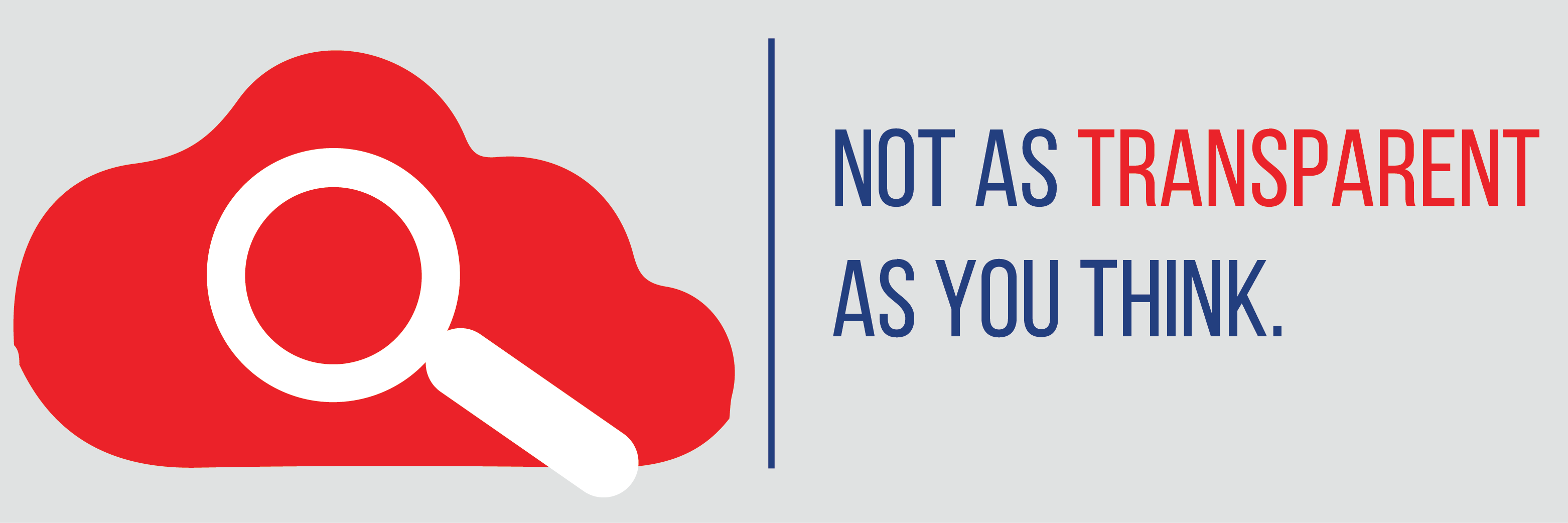
Well, there are pricing calculators on most large cloud service providers’ websites. They look cheap when you are dealing with just a few servers. And as your need for virtual machines increases, so does the complexity of backups, monitoring and management. And then the pricing will not be the forecast you had in mind. Be clear about what your needs are today, and how will they change over time. And estimate all the possible services you might need in a few months. And then take a call. Just going by the lowest price offer of today may not lead to the lowest TCO you are aiming for.
4. Clouds will be increasingly local
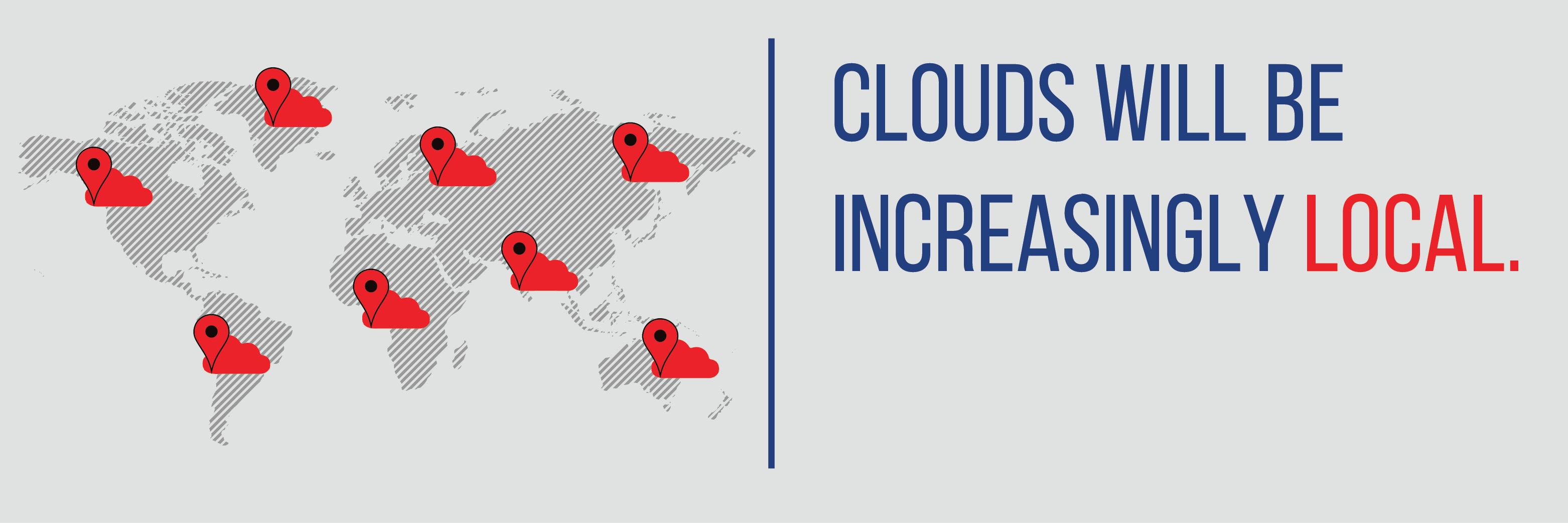
As government regulations become more stringent, and as end user demand grows with respect to data confidentiality and privacy, companies will start moving their applications hosted in a different country back to their own. Many companies will also do this to improve latency issues as well.
So clouds are increasingly going to be local.
5. Is it secure?
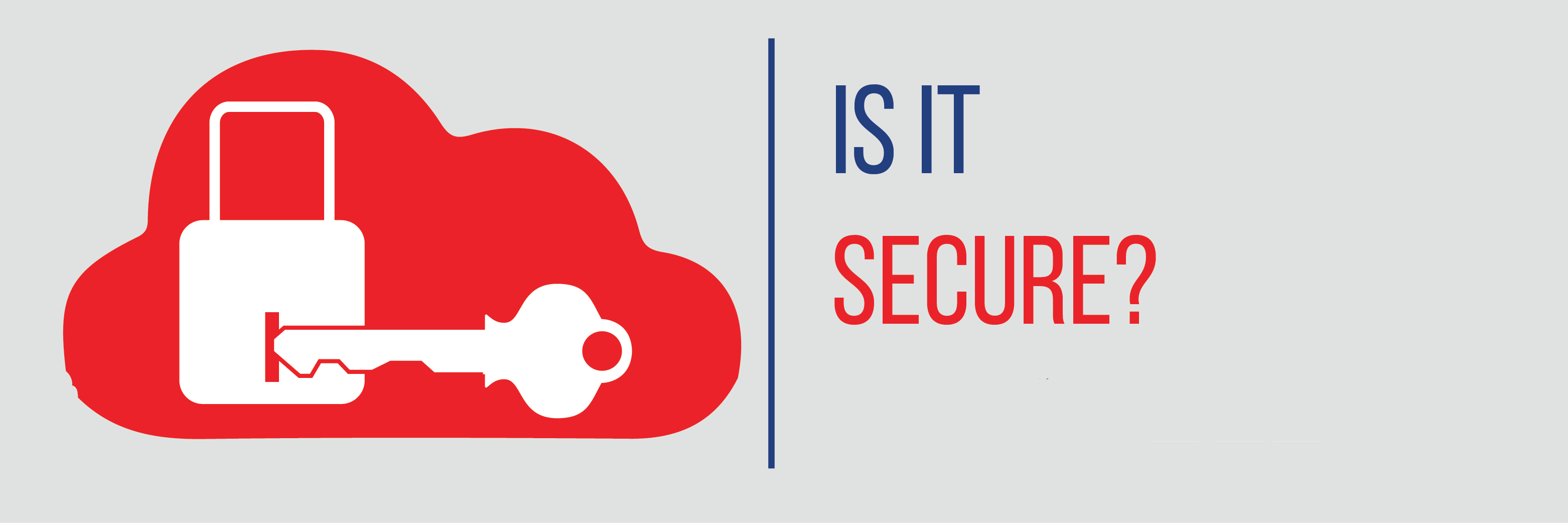
A cloud is likely to be more secure than the security setups that most mid-size and even many large enterprises have on their premises. Internal threats are not given much thought in many enterprises.
But not all cloud service providers will deliver the kind of security you probably assume is being given to you. Make sure that you are aware of the firewalls, IDS/IPS and other systems that they have, and the processes they follow to ensure that there are no breaches. Does the service you signed up for give you the protection of an enterprise-class firewall and IDS/IPS, or do you have to pay extra?
Even if a data center does have the best-in-class security systems in place, it’s still important to have a continuous monitoring system in place to ensure that any new threats are handled before they result in downtime for you.
6. Availability is loosely defined
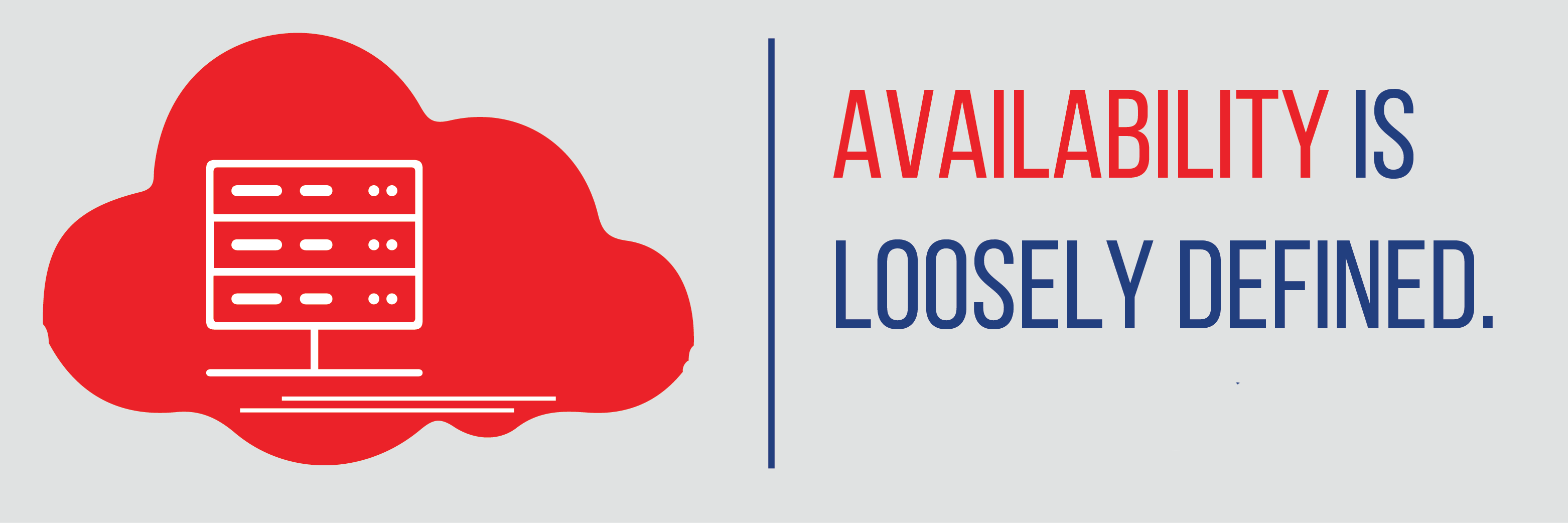
Availability is a much abused word. You will hear numbers being bandied about when it comes to availability. Tier 2,3, 4, and 99.95%, 99.999% and so on. What do they mean? And do you really get what is being promised? How is it being calculated? Is it annual, monthly, or on a rolling basis?
Watch the video to know more:
A Tier 3 data center is expected to deliver 99.9982% uptime, which translates to less 1.6 hrs of downtime. Running a data center comes with huge challenges, and it’s unrealistic to expect to 100% uptime from any data center. But if your business demands that, then it’s best to consider having multiple data centers across geographies to deliver that kind of the uptime.
7. Support: All talk no show?
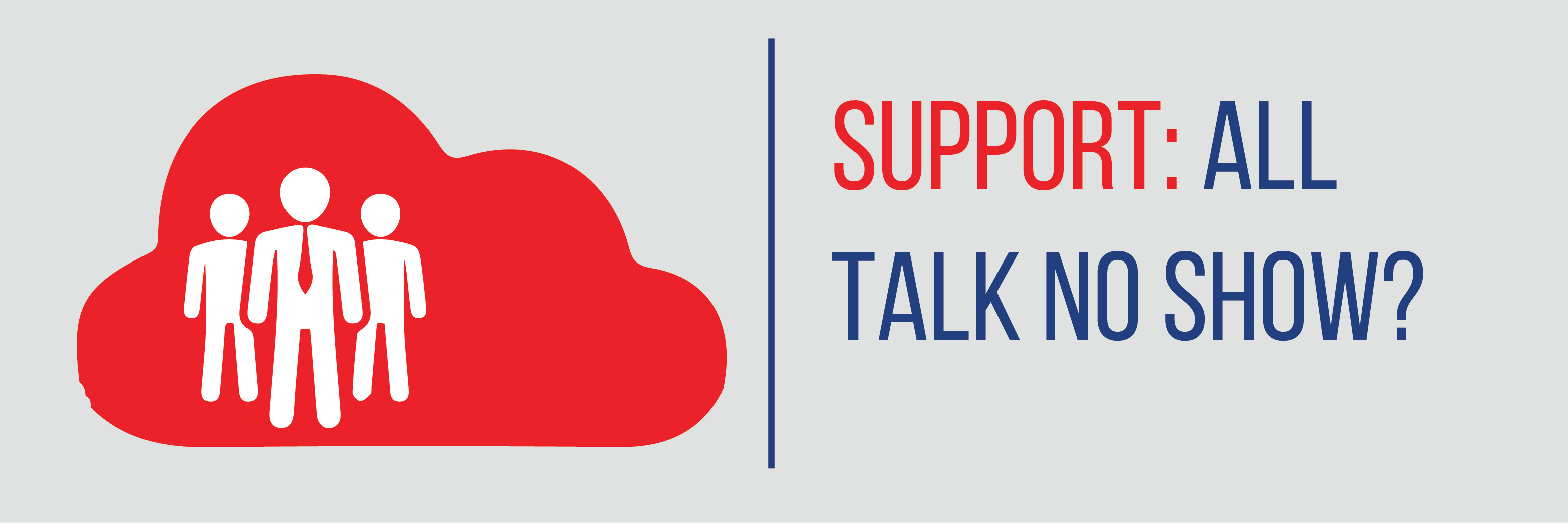
Do not assume that you will get support for the service you have signed for? Do they have a helpdesk? Can you file tickets online and expect a call back? Is it only e-mail or chat support? Do you get an Account Manager? What is the process of support? Do they proactively track issues so you don’t even come to know of them, or do you become the first customer who places the call when you face the issue? Who is responsible for your instances, virtual machines?
Does your service provider have capabilities across platforms and technologies to proactively solve issues that come up?
Who has the Single Point of Responsibility?
8. Can I change my Cloud Service Provider?
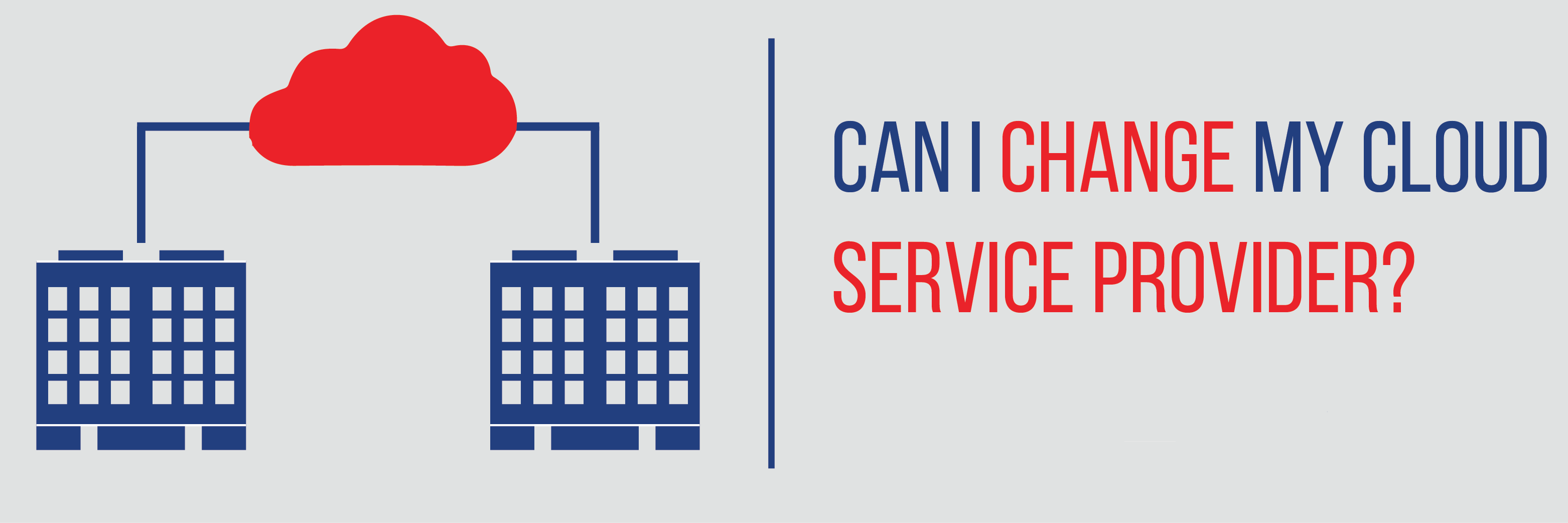
Yes, you can, but it is not necessarily easy. Especially if your data volume is huge. In the SaaS model, you have to be extremely careful because you might not even have root access to your data. When all cloud service providers agree upon a standard, things will become simpler.
9. Careful about licensing
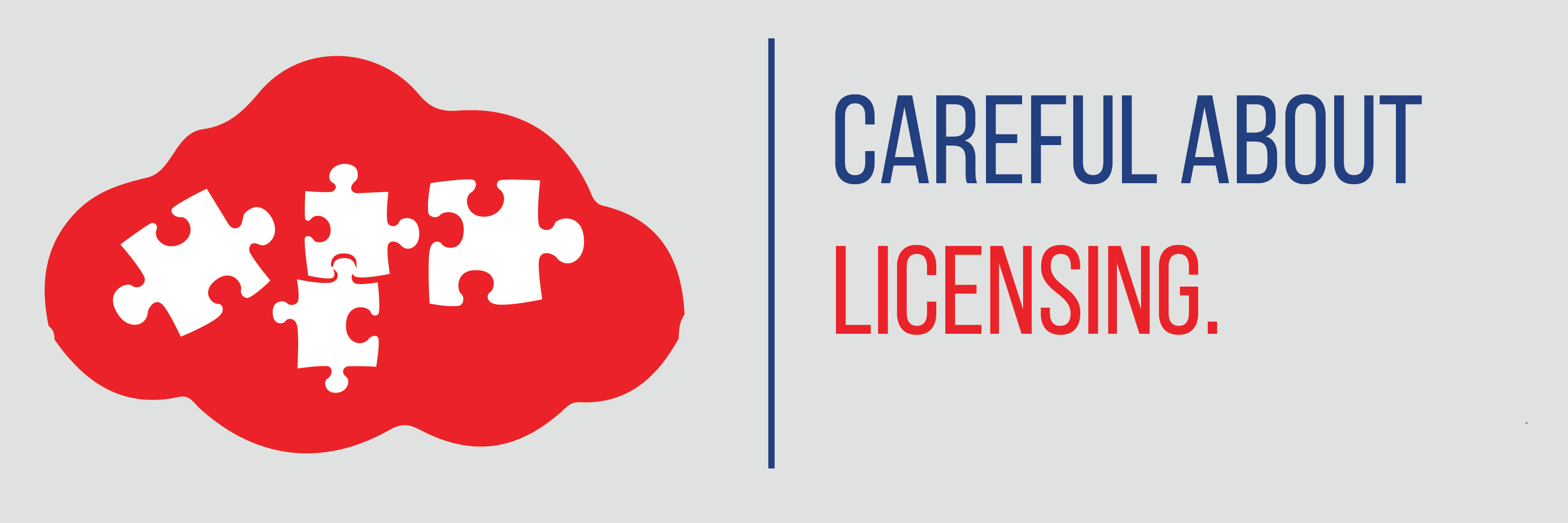
This needs careful exploration. If you already have licenses that you’re using on your on-premise infrastructure, can those be ported to the cloud? Not necessarily. Not all cloud service providers allow licensing mobility. The way you count your licenses may not be how the software vendor might.
10. It’s a delivery model and not a technology
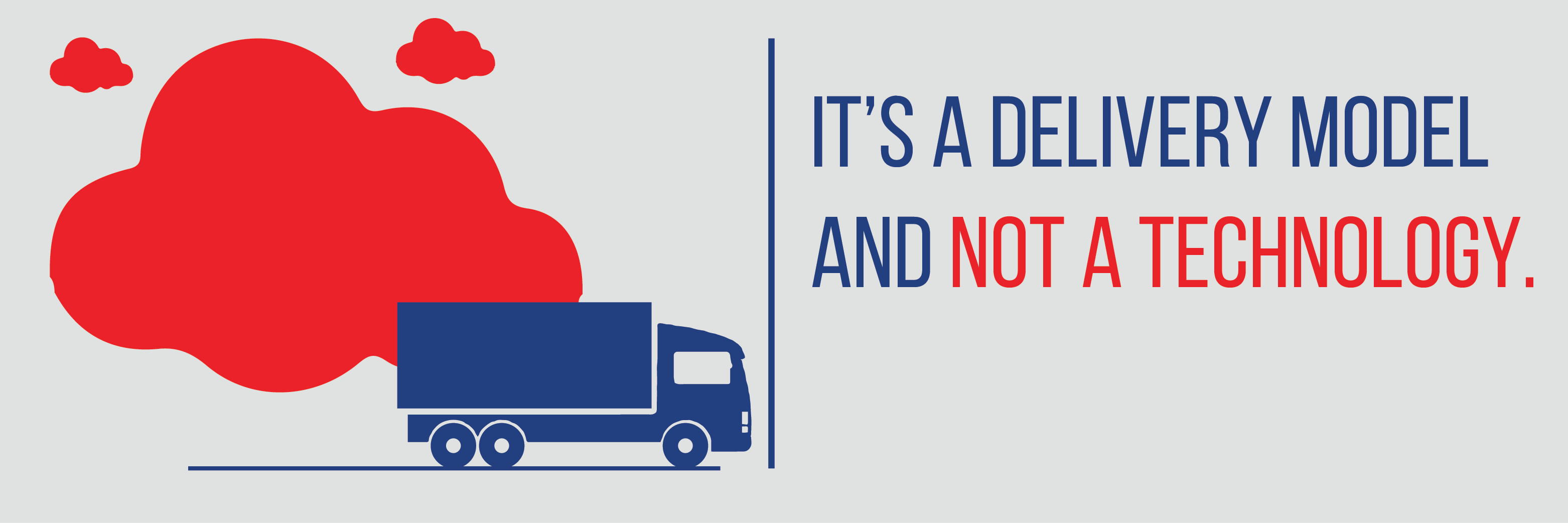
While cloud has evolved from technologies like grid computing, utility computing and SaaS, it’s a better delivery and consumption model for the IT infrastructure. Cloud computing is a disruptor, a game changer. One of the major reasons that Progression got into the cloud space was because of the optimal use of IT resources.
Our customers are moving their business critical applications to the cloud, and it’s becoming an extended LAN for them.
11. Cloud’s not new
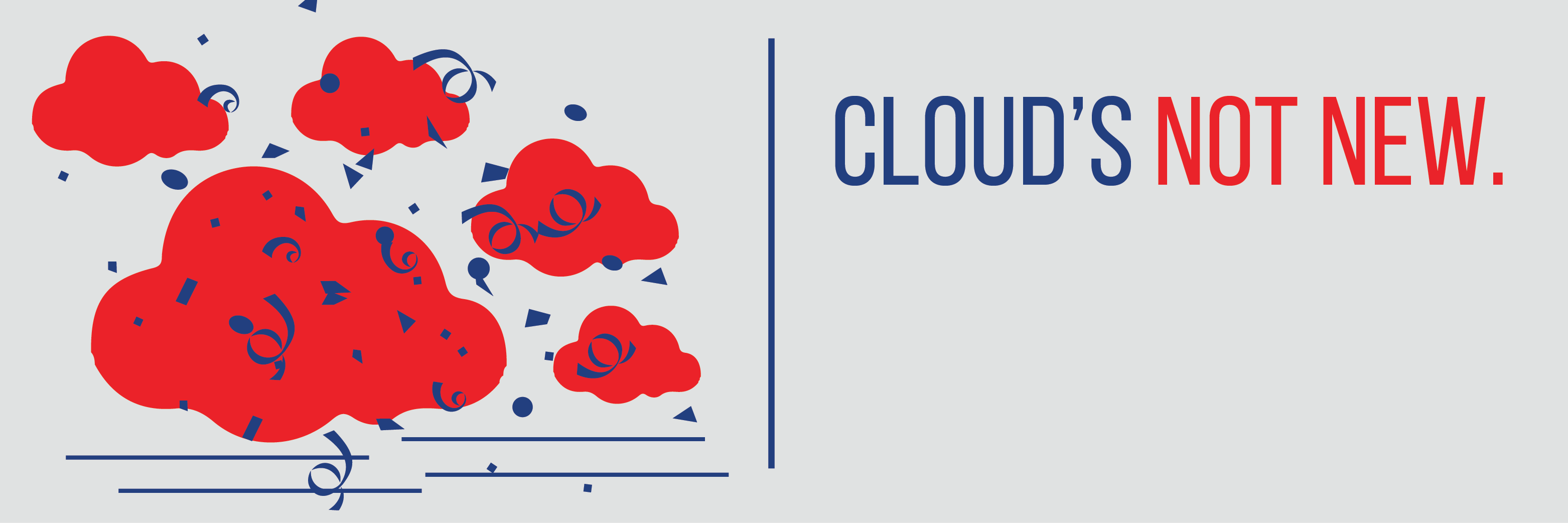
Most people like to think of cloud as a new thing, that’s just a few years old. That’s not true. As a concept it’s over four decades old. In another avatar, it has been called time sharing earlier. The paradigm shift for cloud happened with the World Wide Web, about two decades ago. But now that connectivity is cheaper, more available, more reliable, cloud has found widespread adoption. The exponential use of mobile devices in recent years has also been a big driver.
Want to know more about cloud? Click here to drop your query.
![]()

